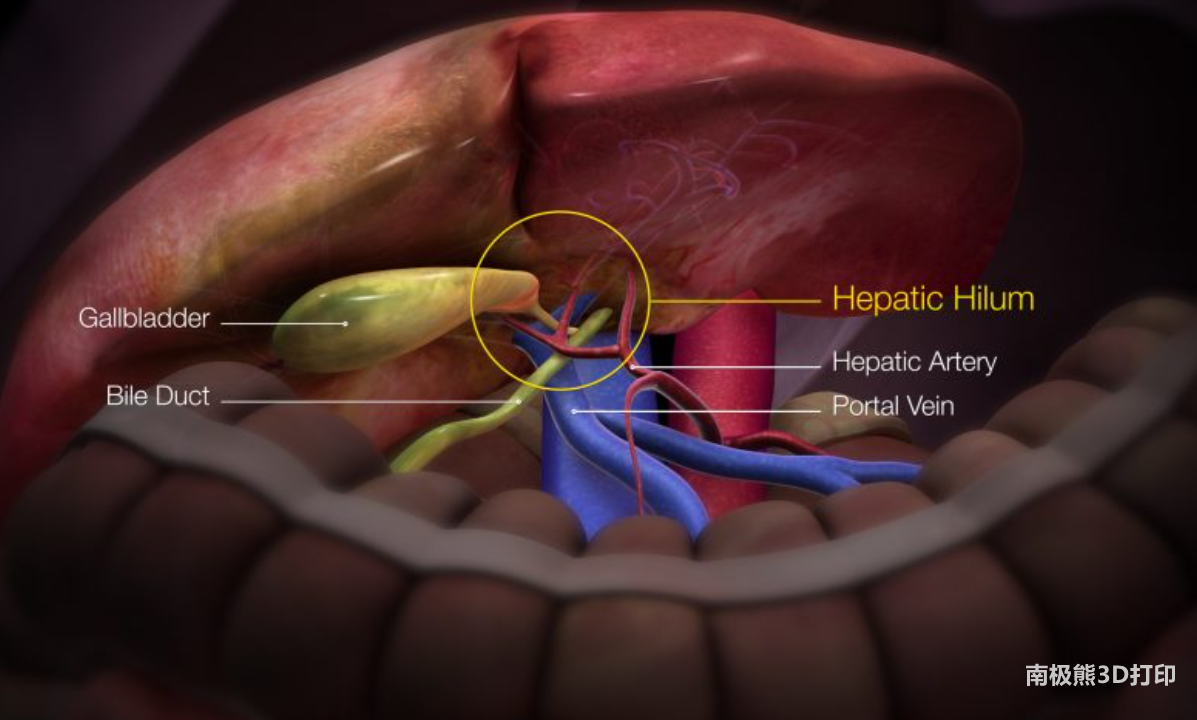A team from Utrecht University (Netherlands) works on a new type of 3D
biology
printing technology and its
medicine
and applications in biomedical research, the research team has just published a new study on volumetric bioprinting of large-scale functional liver units.The study, titled “Bioprinting of Organoids and Optically Tuned Hydrogels to Build Liver-like Metabolic Biofactories,” was published in Materials Science and3D printingin Advanced Materials (Wiley), one of the leading scientific journals in the field. It is open access and is currently published electronically in advance, with additional figures and content available in Supplementary Information.

As Riccardo Levato, associate professor at Utrecht University and one of the authors of the study, told Antarctic Bears, the researchers were able to bioprint ultrafast (<20 seconds) large-scale (>1 cm3) liver units with functional Sex, able to perform key toxin elimination processes that the natural liver performs in our body. To achieve this breakthrough, they developed a new method for volumetric bioprinting via visible light tomography. The ability to bioprint such large functional units of the liver will open up new opportunities for regenerative medicine and drug development testing (DDT).
Previously, in 2019, Antarctic Bear reported on the results achieved by the same team when they pioneered the technology for the first time in biomanufacturing.It should be noted that volumetric bioprinting is a3D printingwhich can build parts and structures from all directions at the same time, is considered to be the future realization of complex organs3D bioprintingkey. From this work, Readyly3D, a spin-off from the team’s Lausanne-based collaborators, emerged.

The research team developed a key technique to “make cells transparent” so that they could overcome the main limitations of volume printing, namely avoiding printing artifacts and loss of resolution due to light scattering caused by cells. In this way, all cell printing applications can truly enable volumetric bioprinting. Since volume printing relies on the precise topography of light in 3D, it is often only possible in highly transparent materials. However, high concentrations of cells can scatter light so much that it hinders some printing.
In this work, the researchers developed a new material formulation using a biofriendly compound currently used in medicine as a coronary contrast agent (ioxanol), which essentially “makes cells transparent.” In this way, they can achieve high printing fidelity even at the high cell densities required for tissue engineering applications. Furthermore, similar strategies can be used outside the field of bioprinting, for example, with microparticles and nanoparticles (
ceramics
metal, etc.) to print composite resins.
For the first time, the researchers constructed a large (>1 cubic centimeter) viable and functional liver unit by printing organoids. Organoids are miniaturized (up to 1 mm) units made from stem cells. Using safe light, ultrafast fabrication rates and a non-contact approach to volumetric bioprinting allow organoids to be kept safe and viable.

A research team from Utrecht University has shown how printing cells into different 3D structures can improve their ability to work as livers, showing that bioprinting can indeed be used to improve the functional similarity between printed structures and native tissues . They also showed how the printed structures were able to successfully eliminate compounds that could be harmful to our bodies. Through bioprinting, we also create different porous structures that can be infused with nutrients and “replaced”
Blood vessel
effect.
(responsible editor: admin)


0 Comments for “Researchers use 3D printing to create functional liver tissue units”